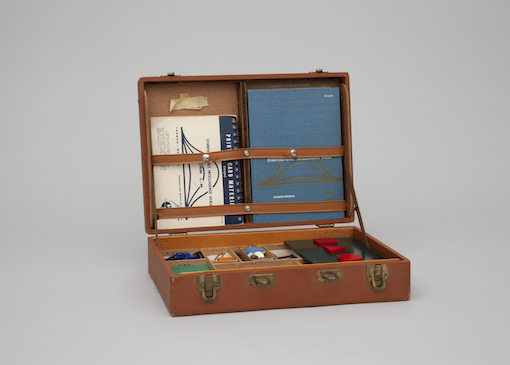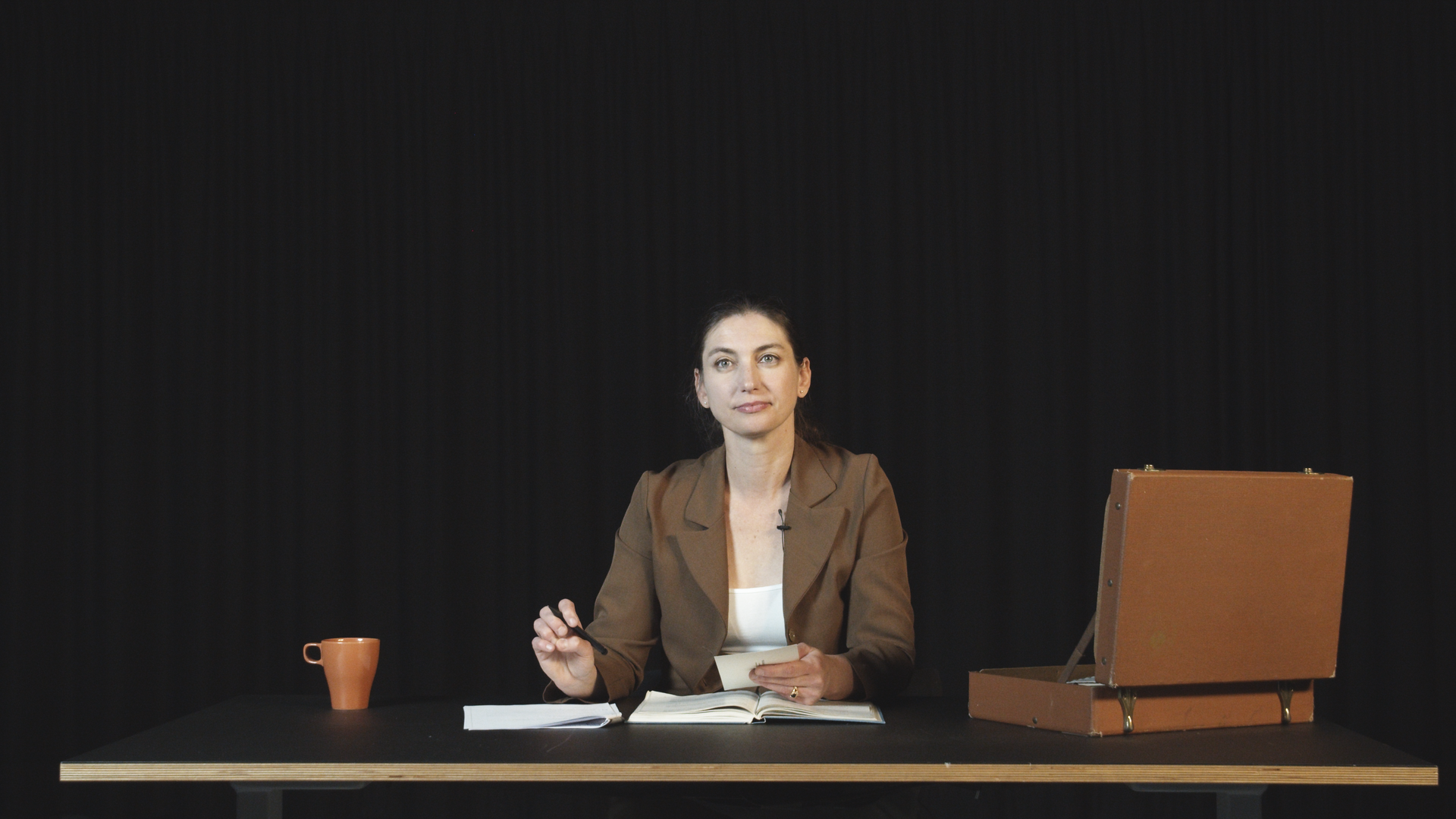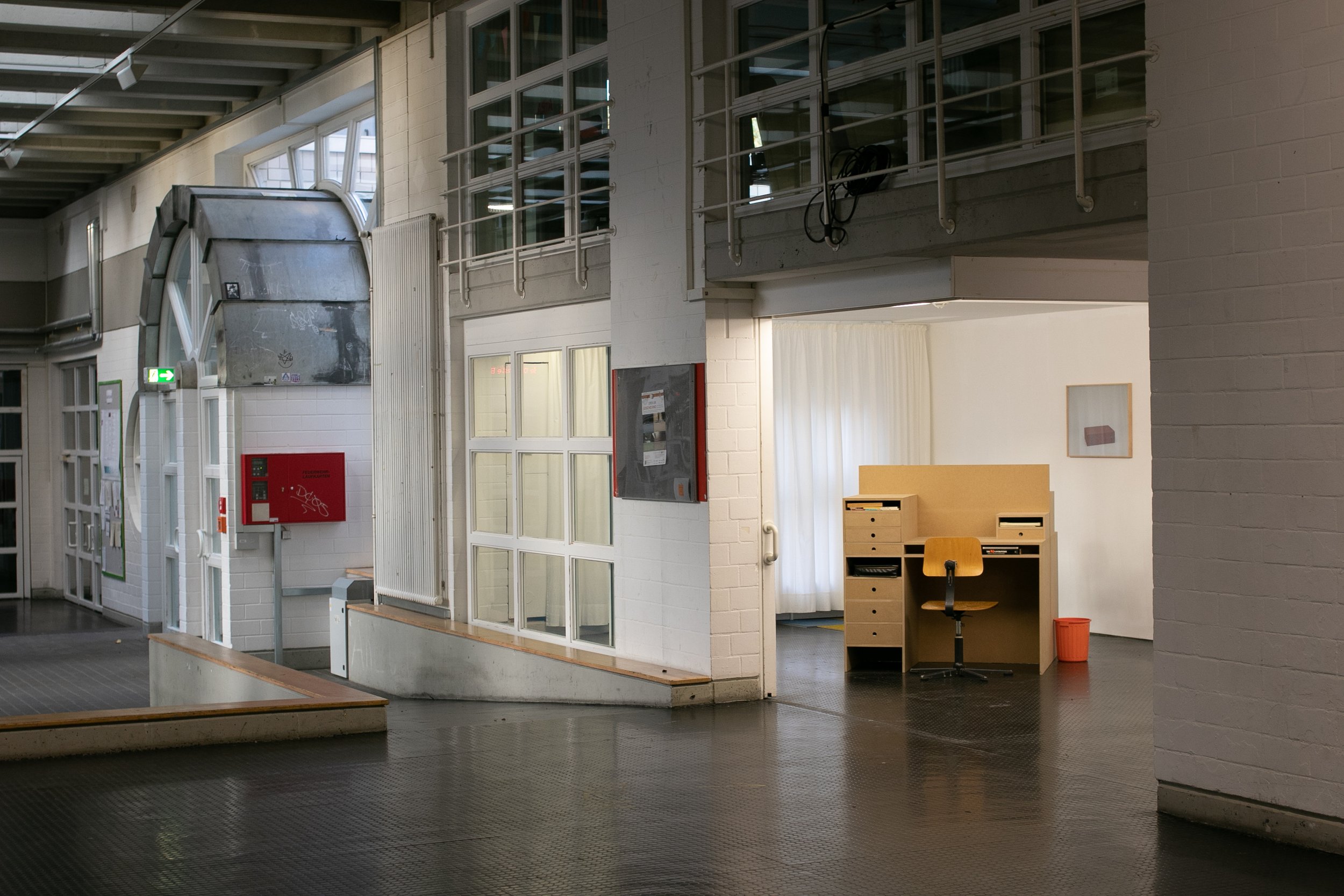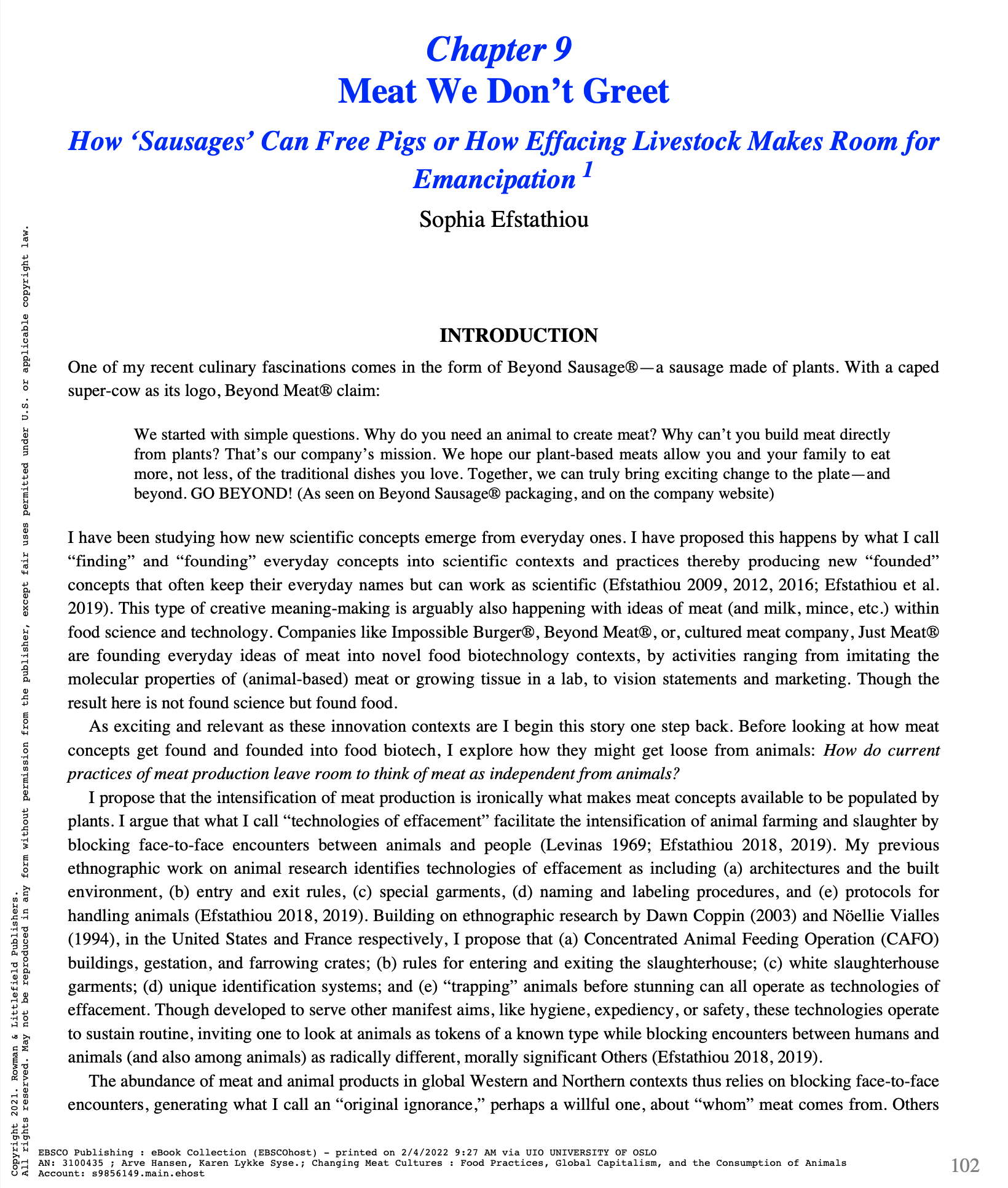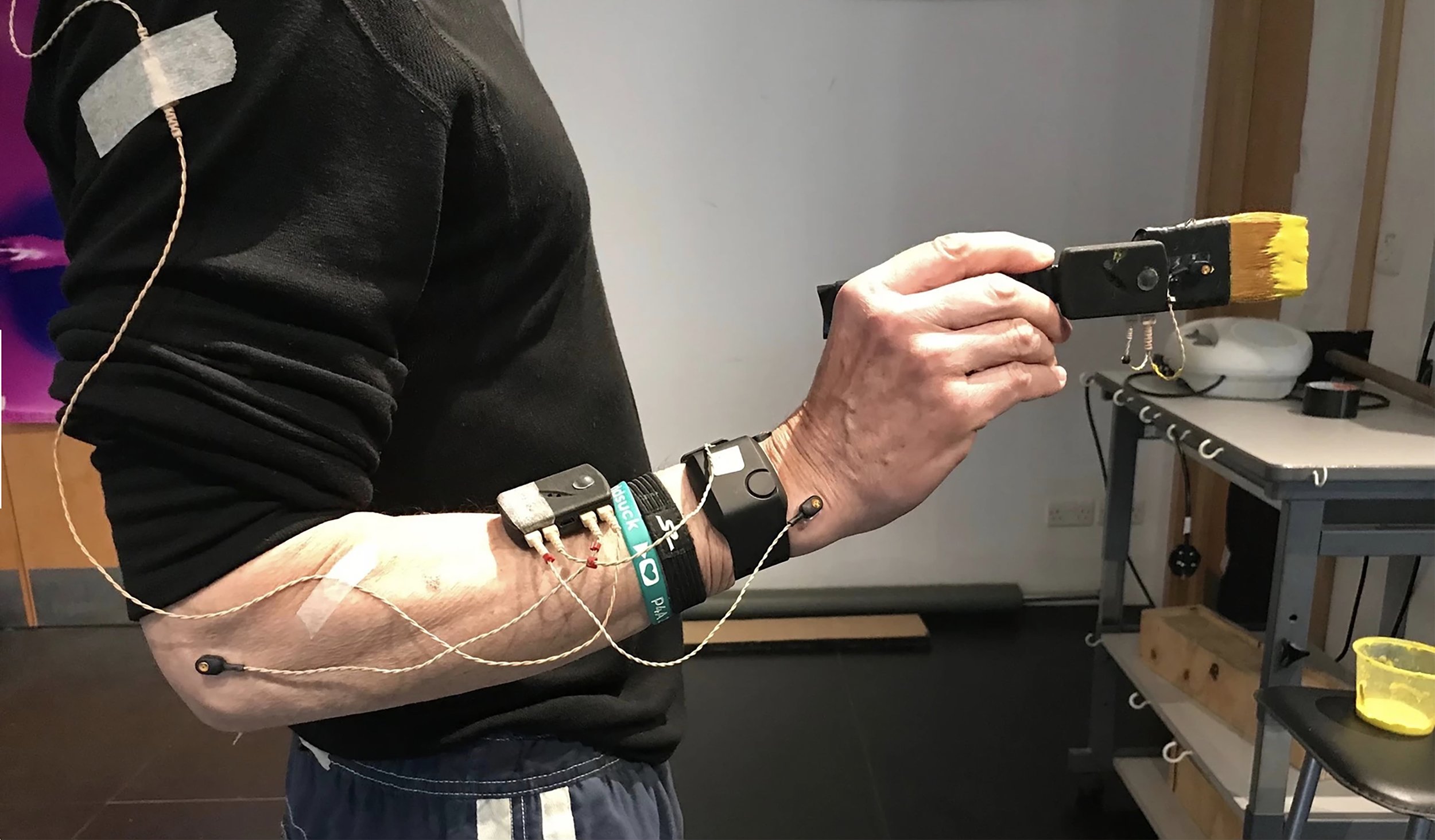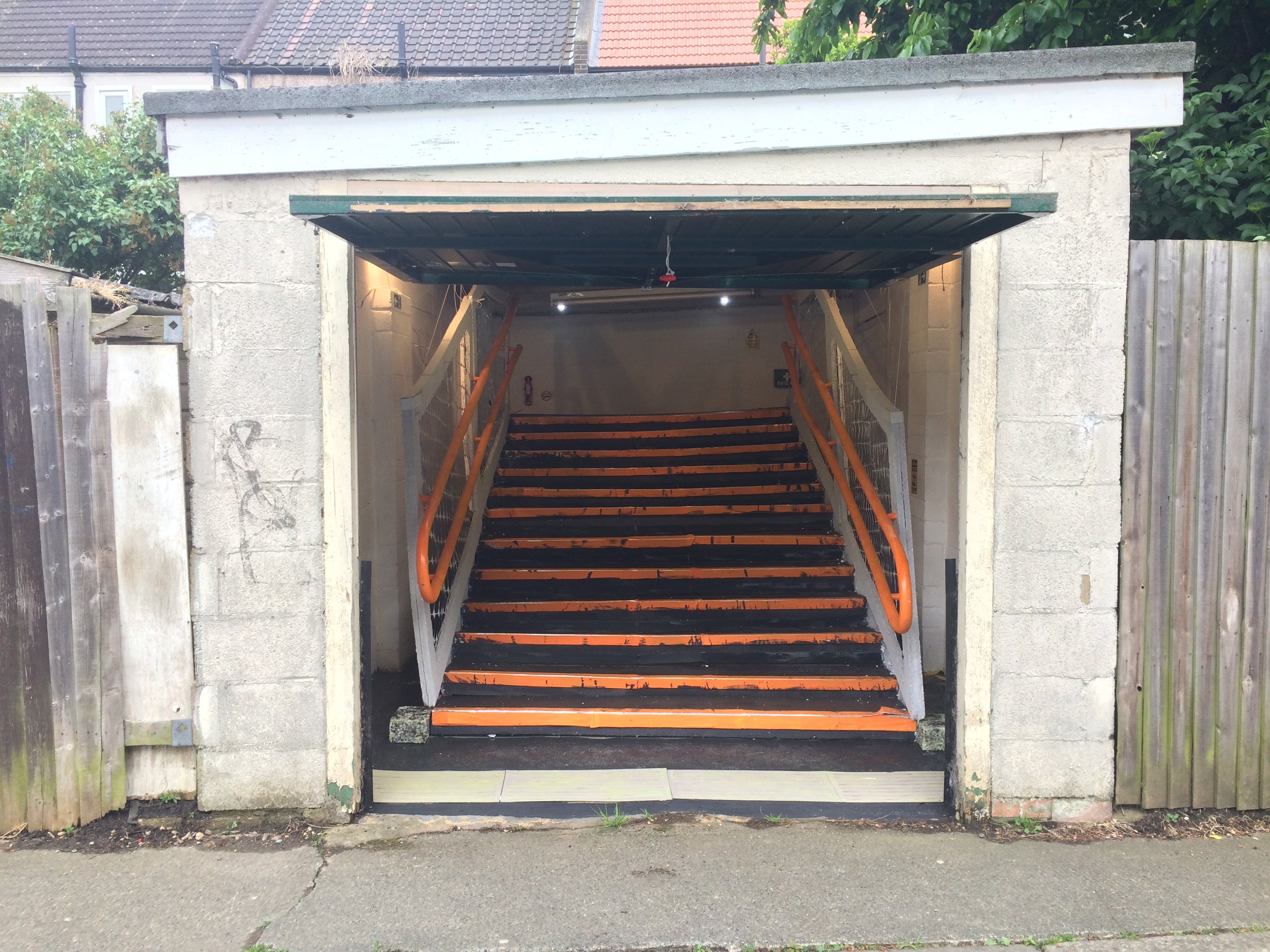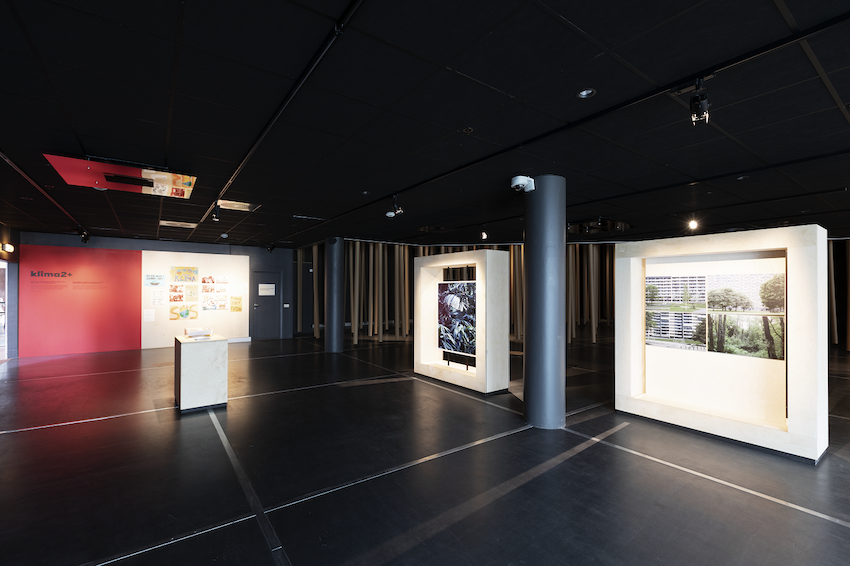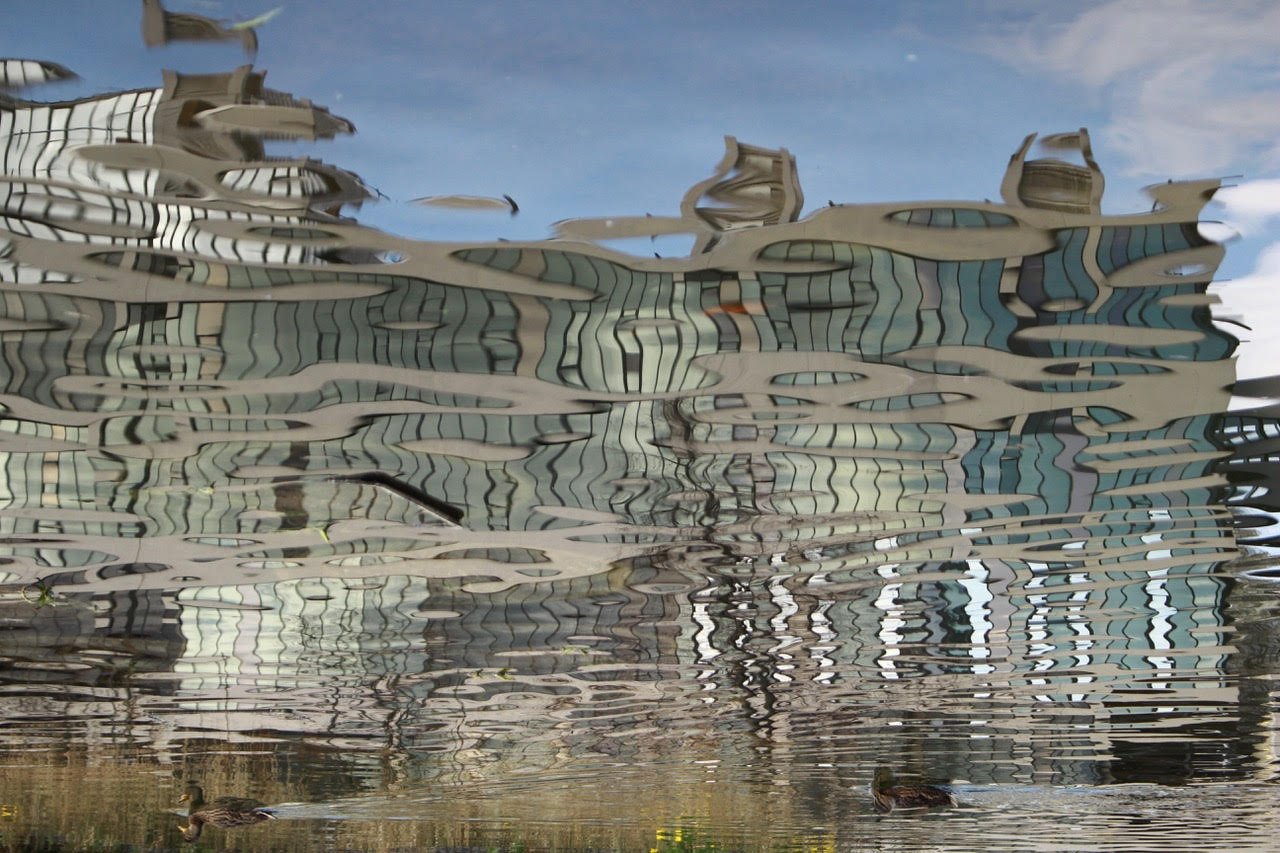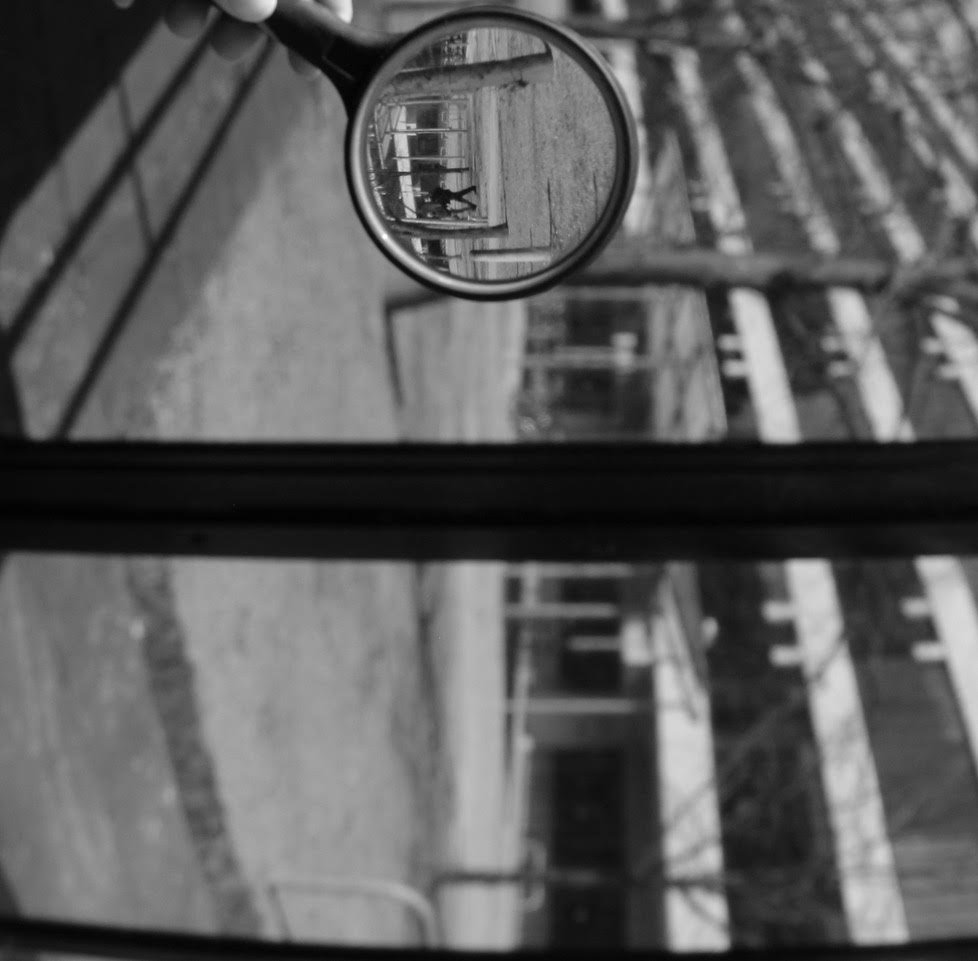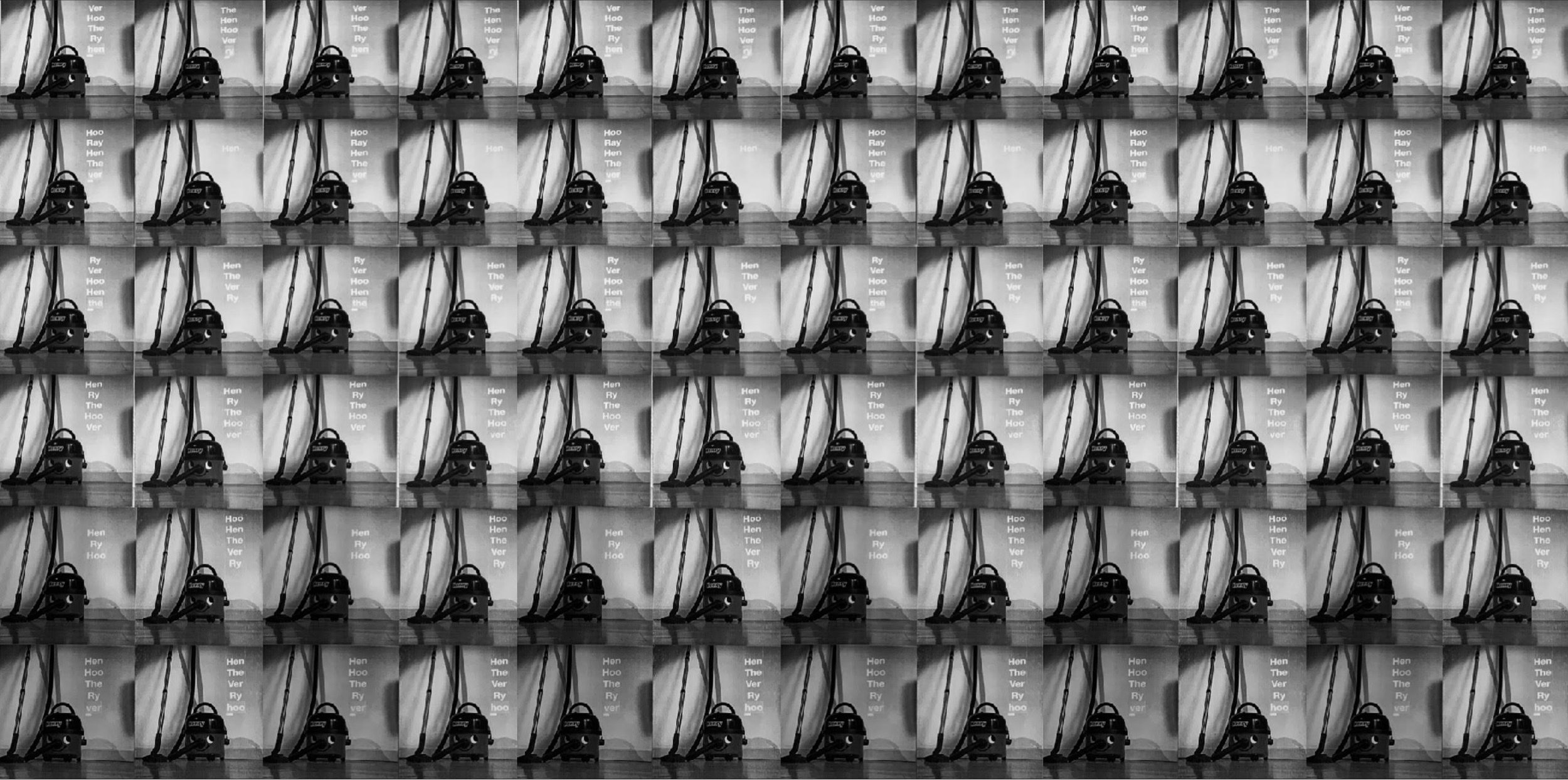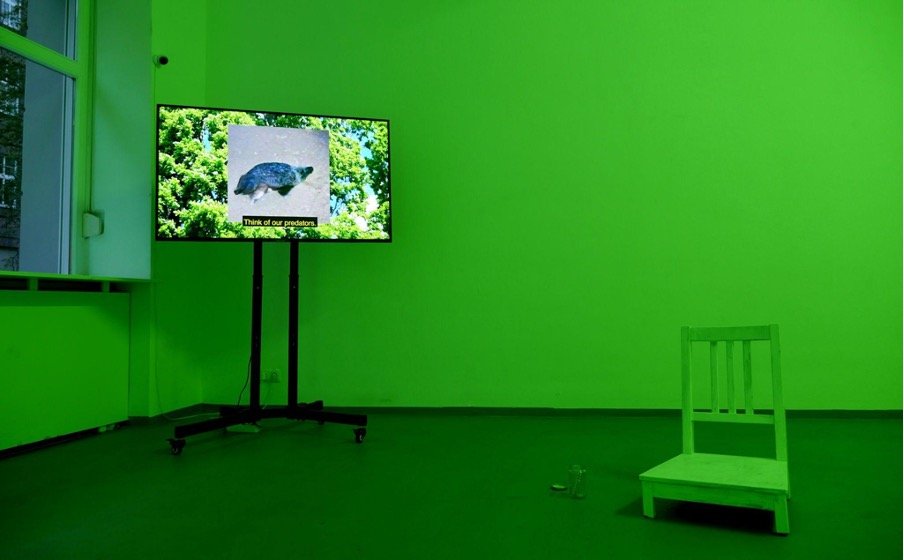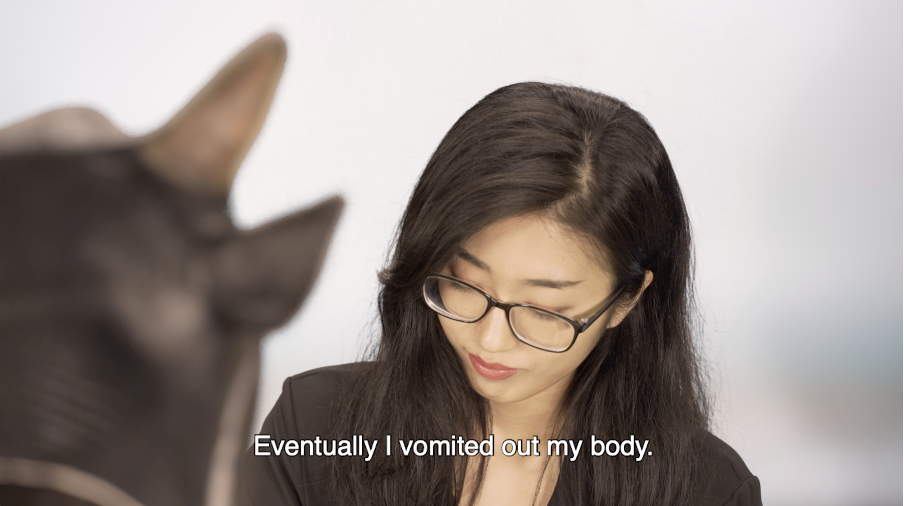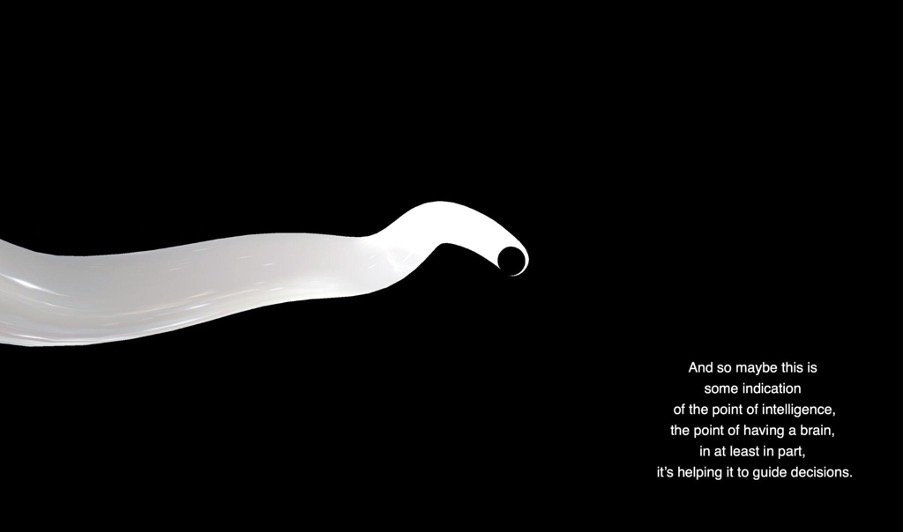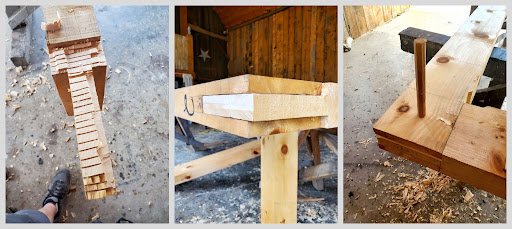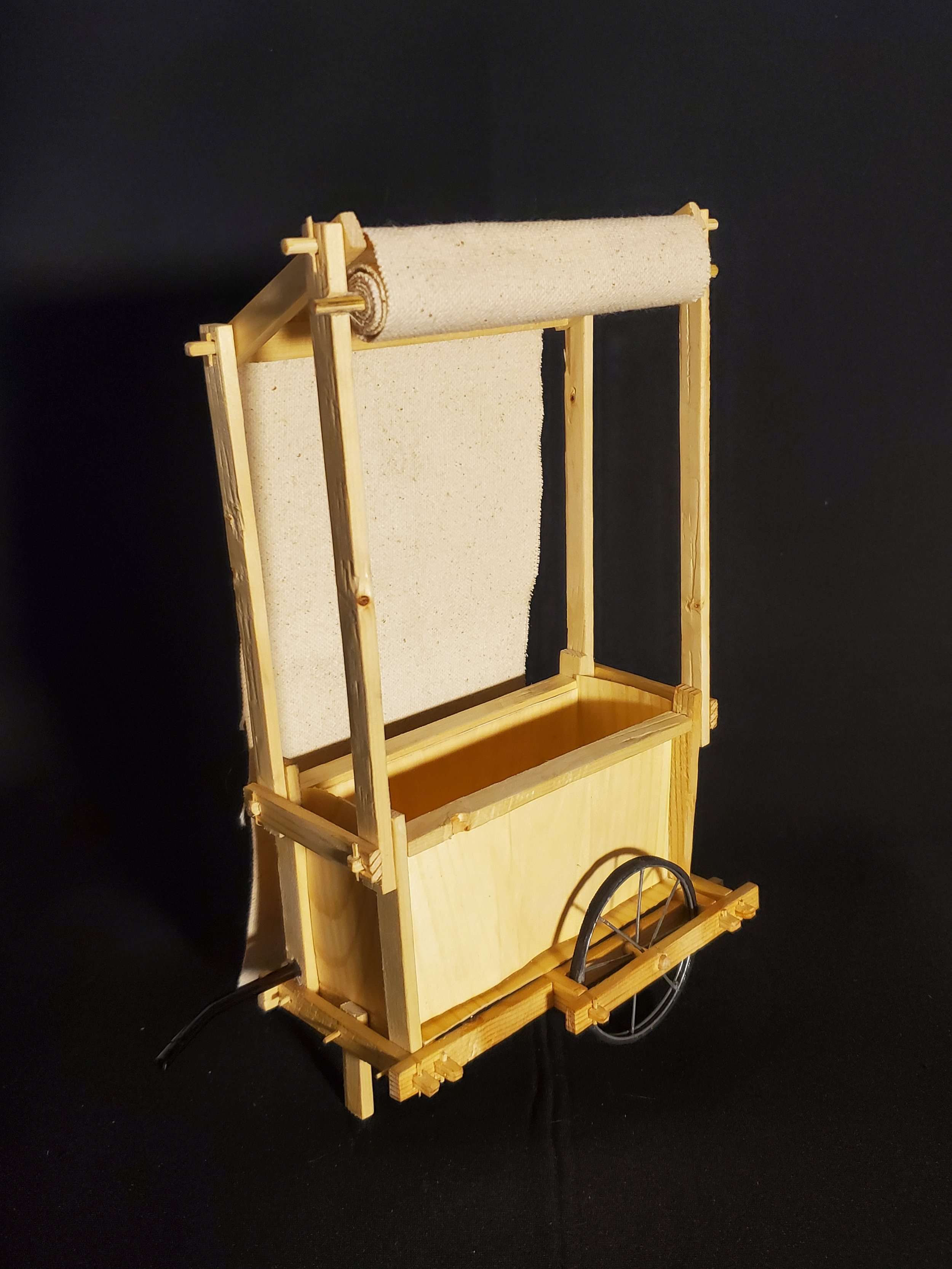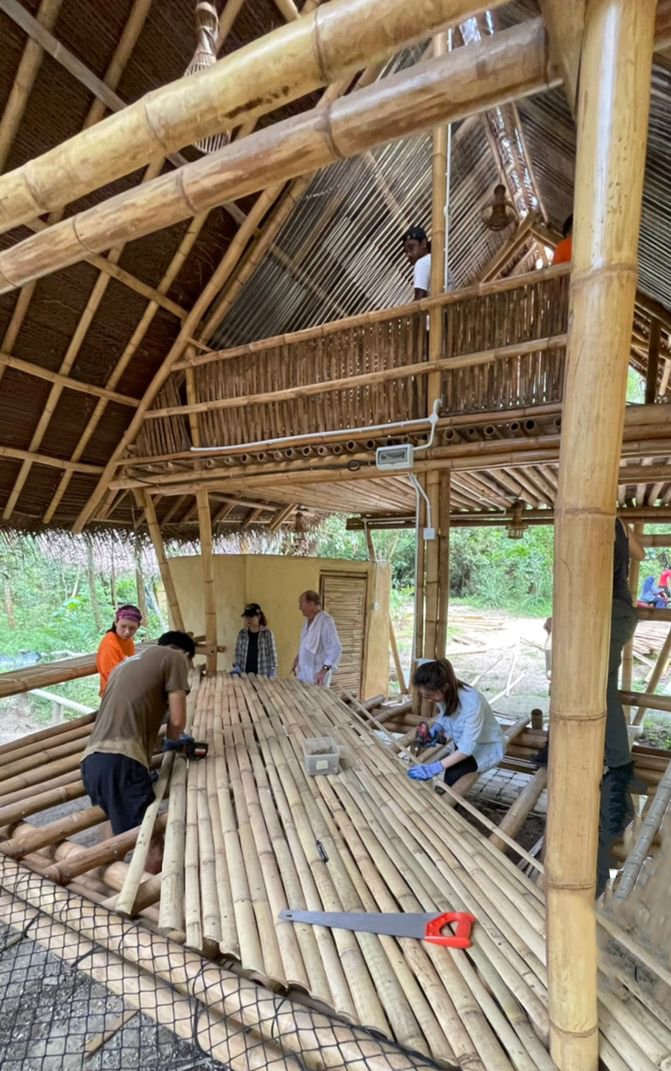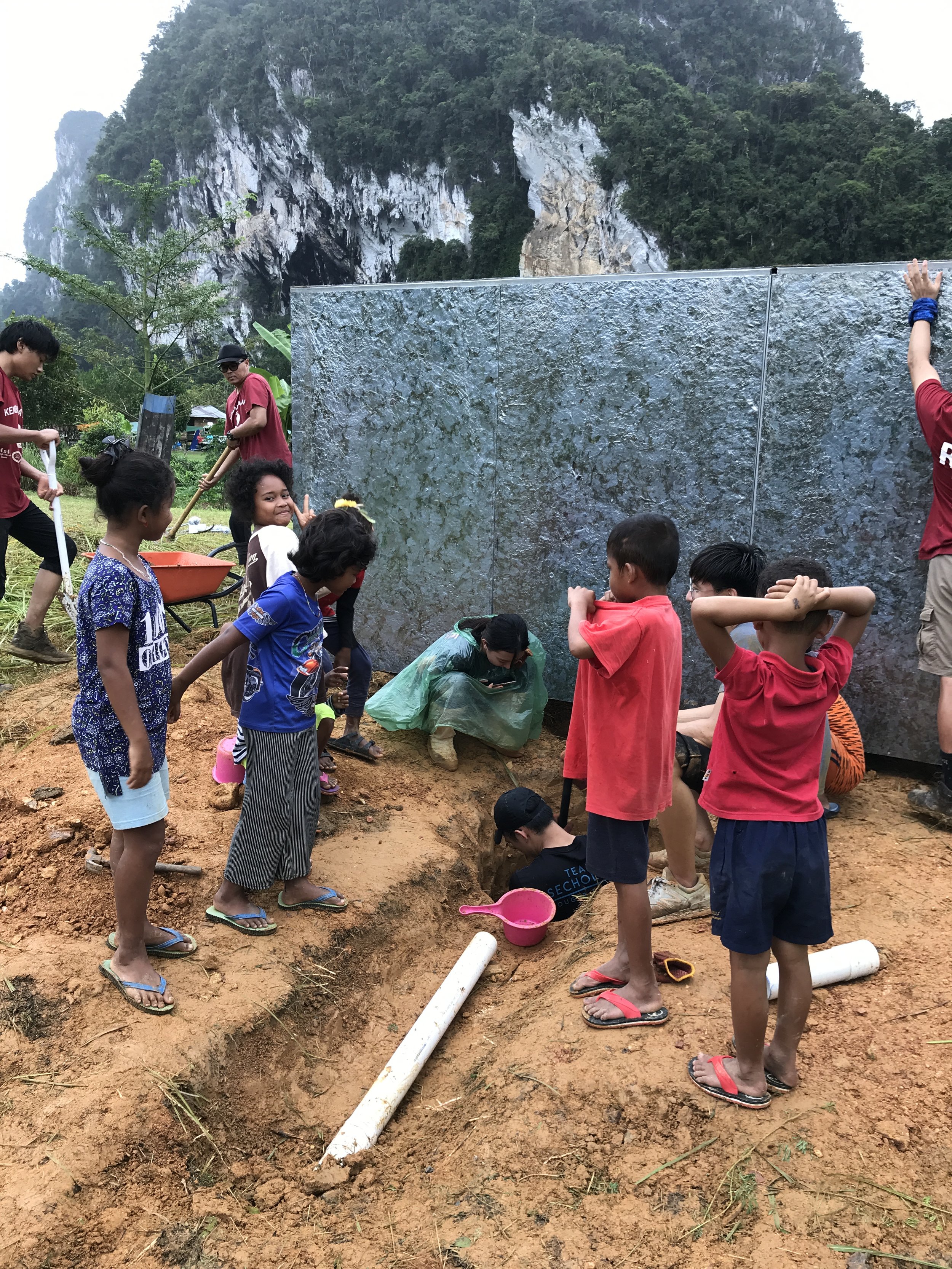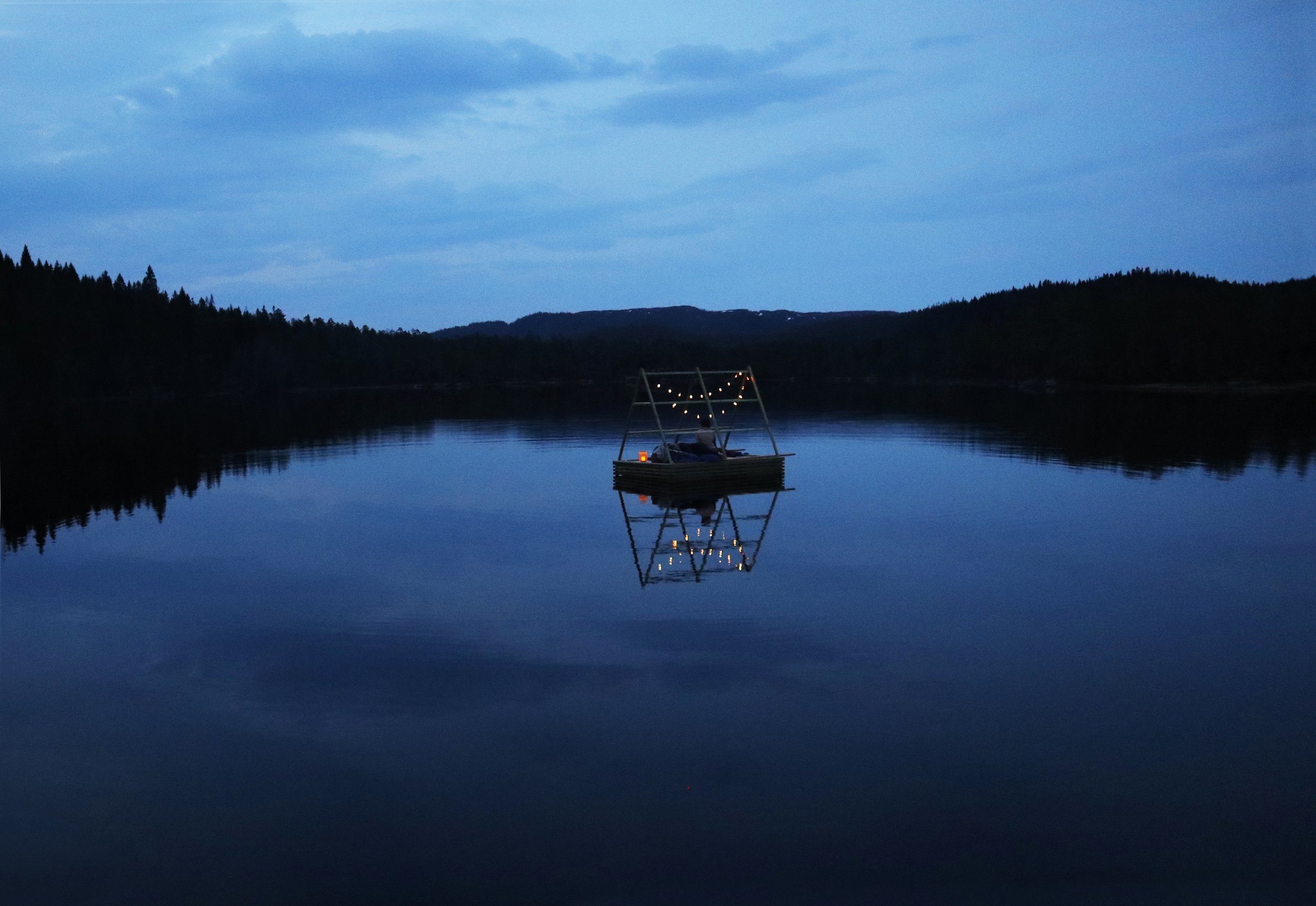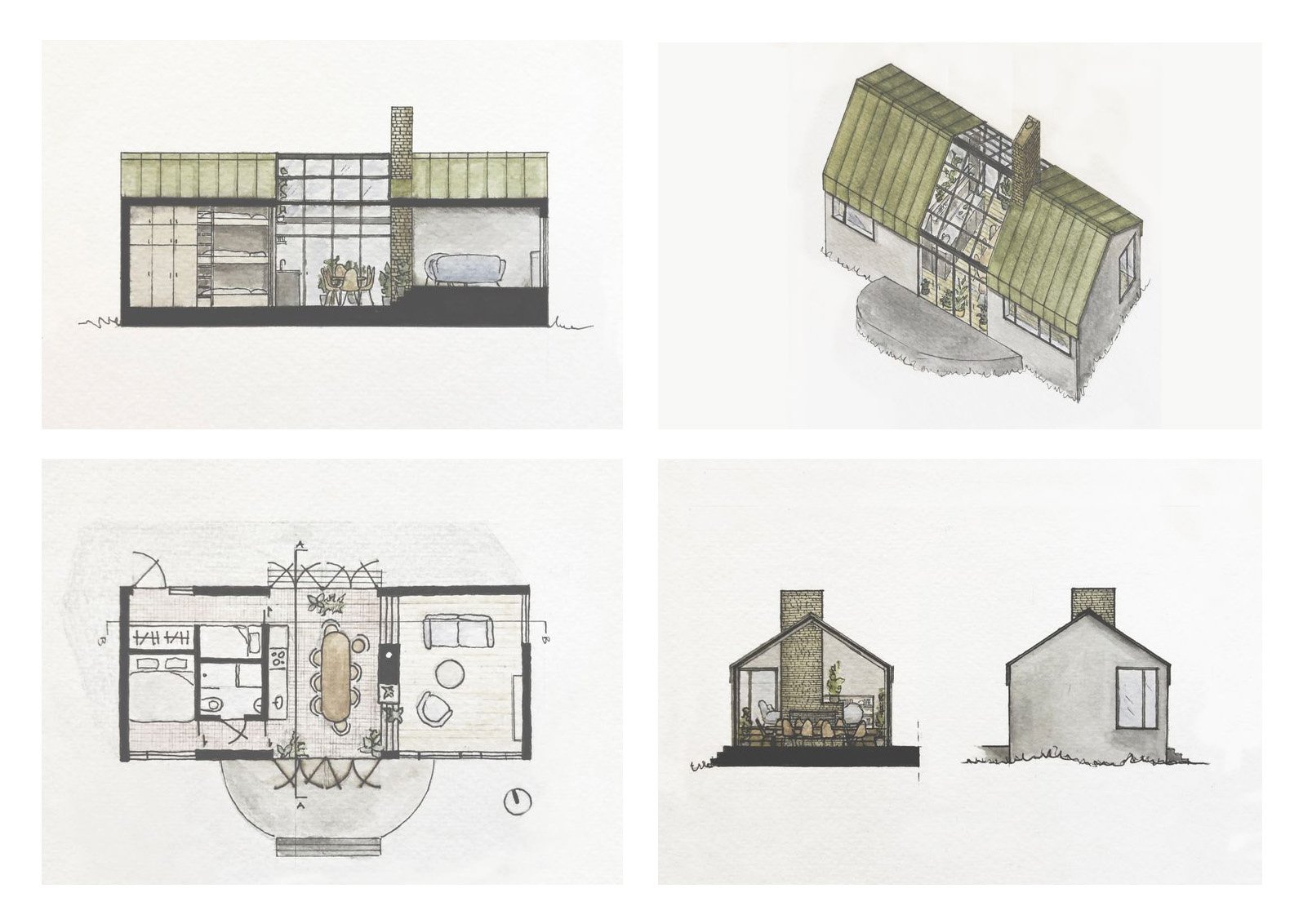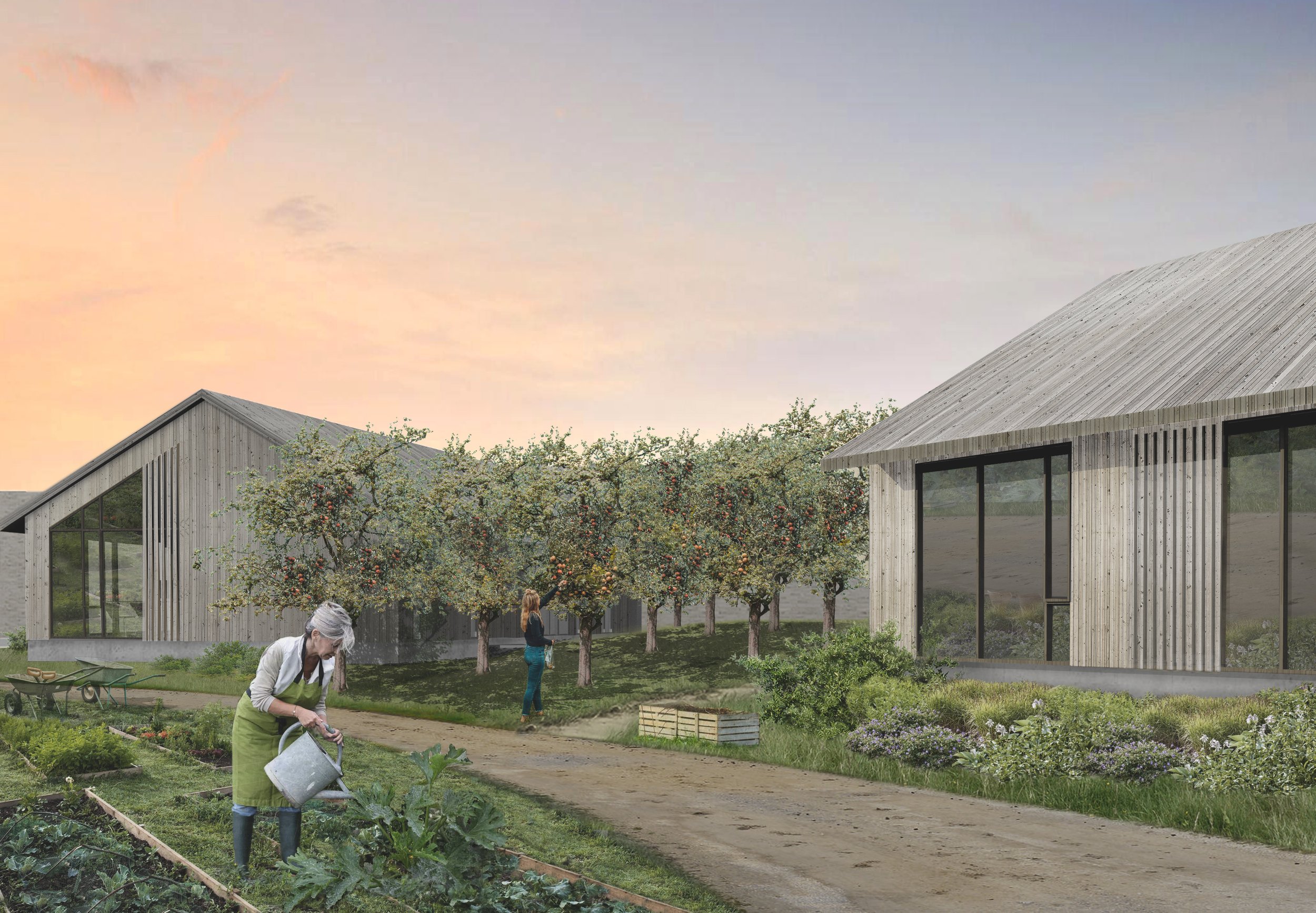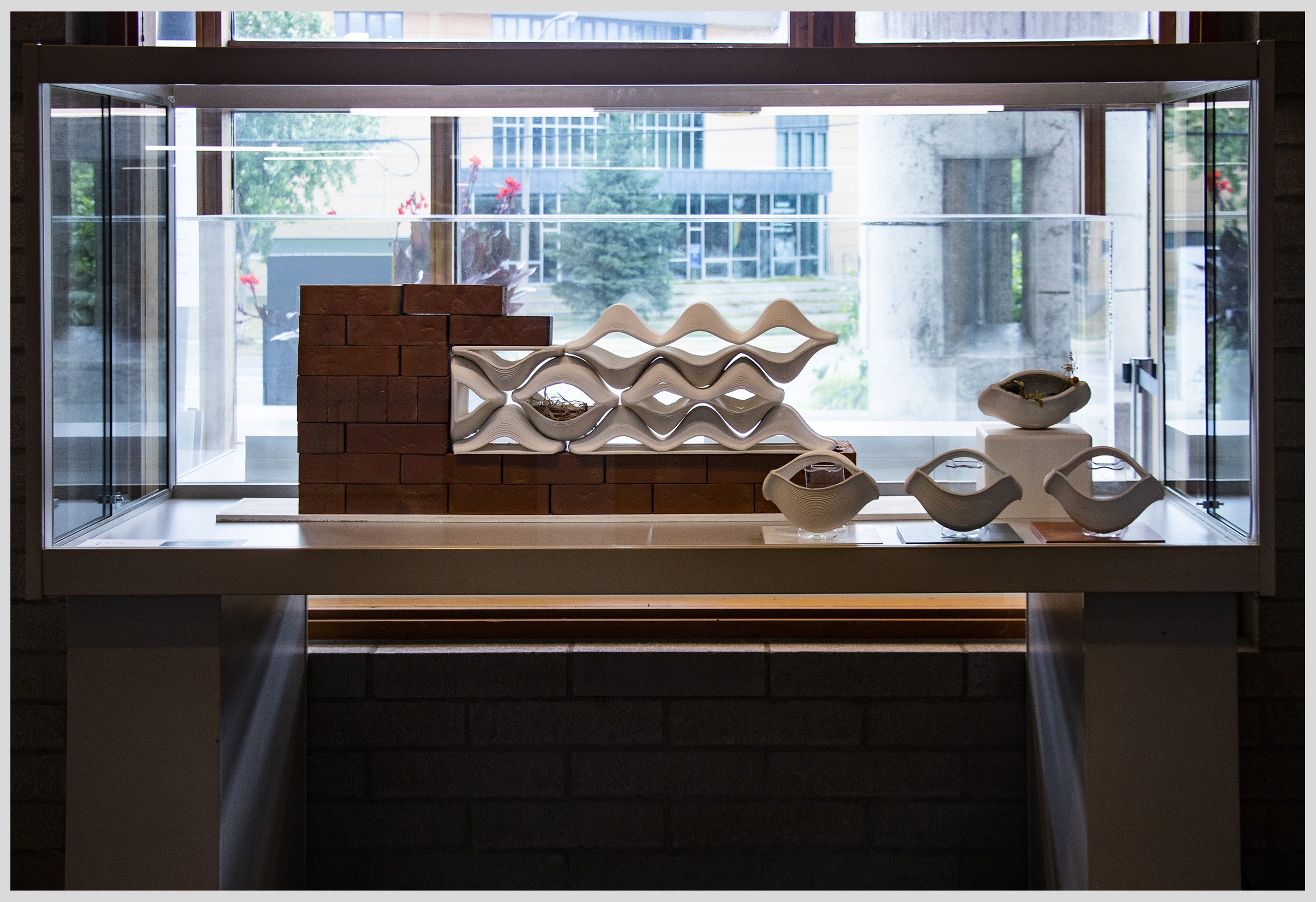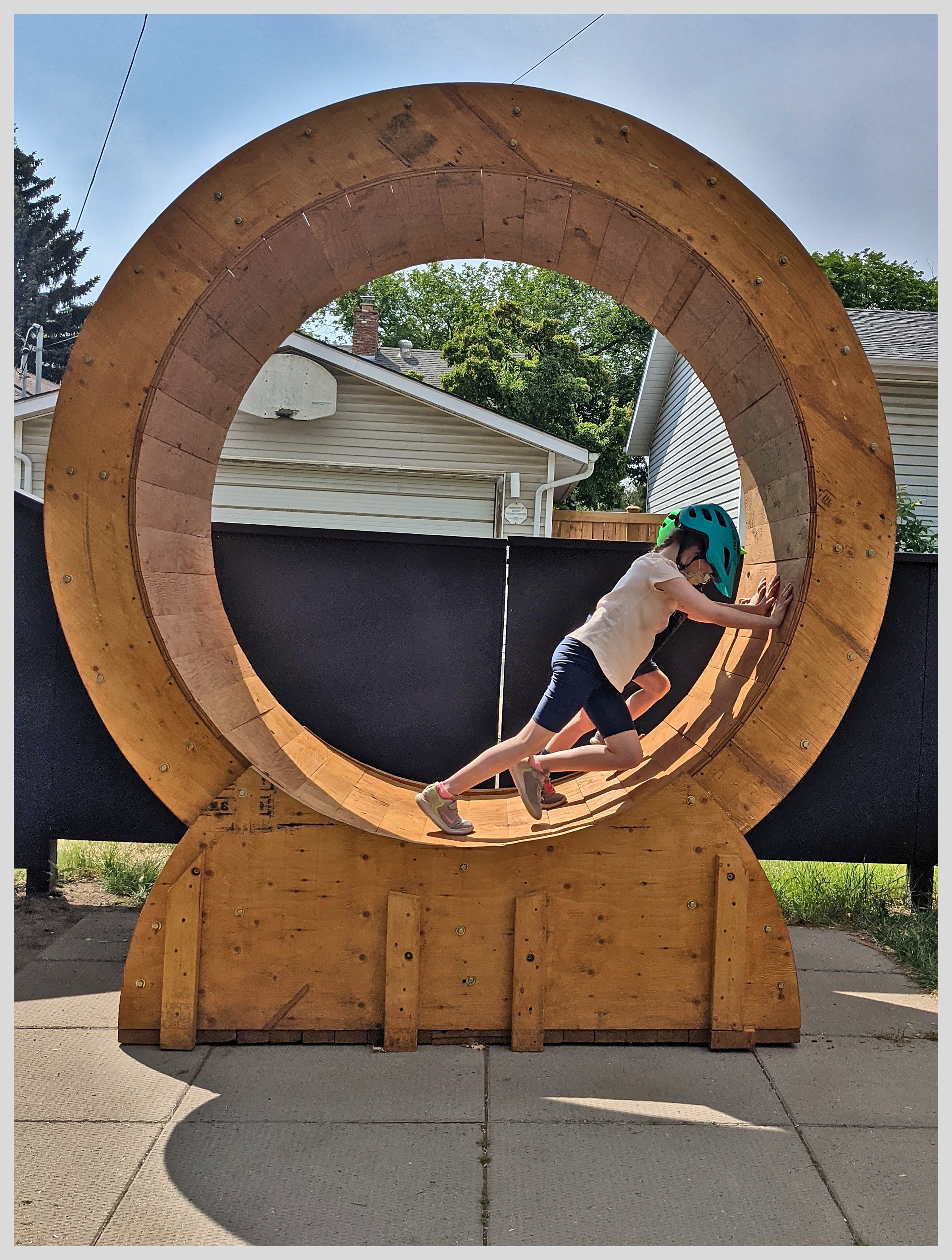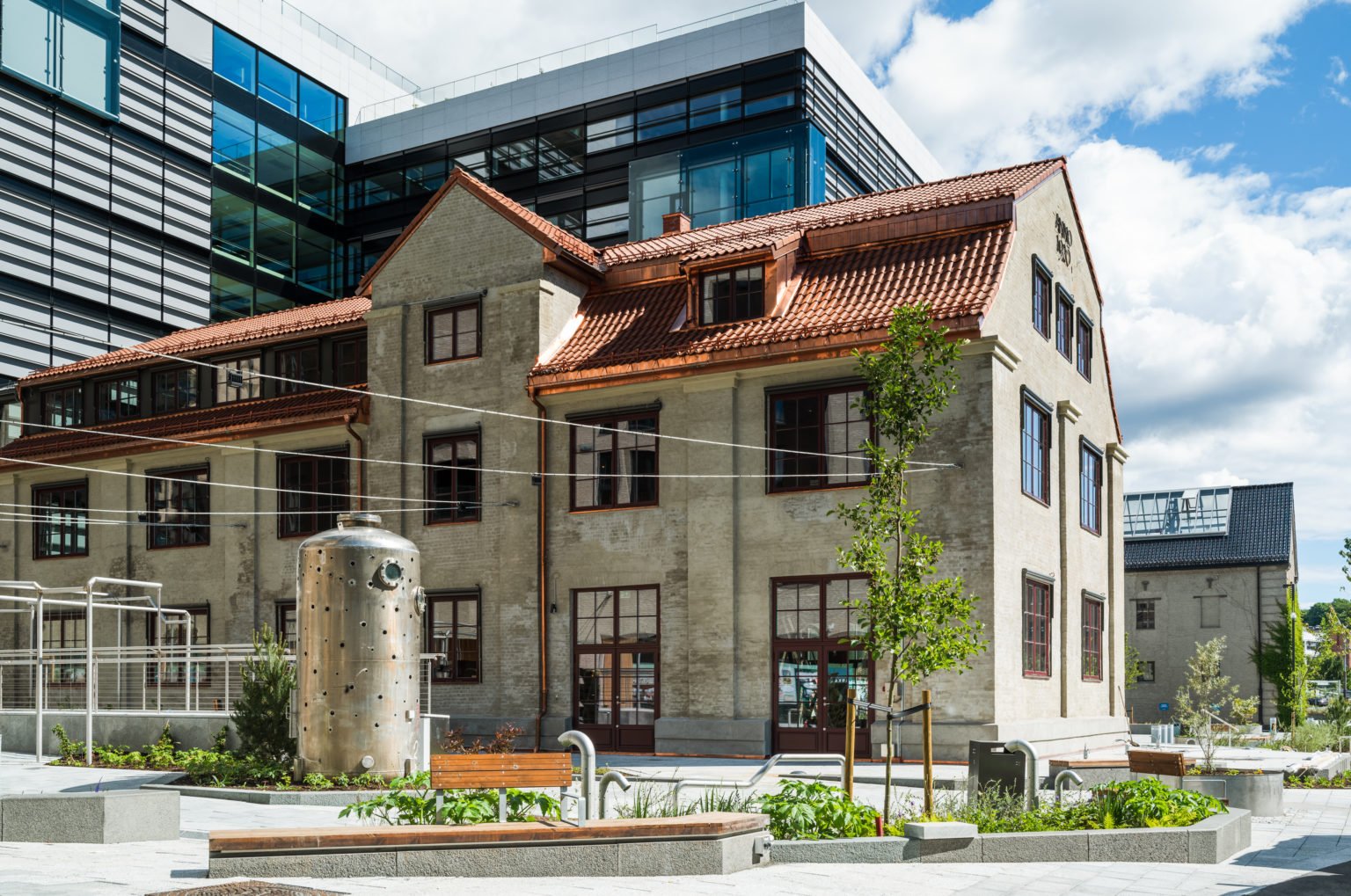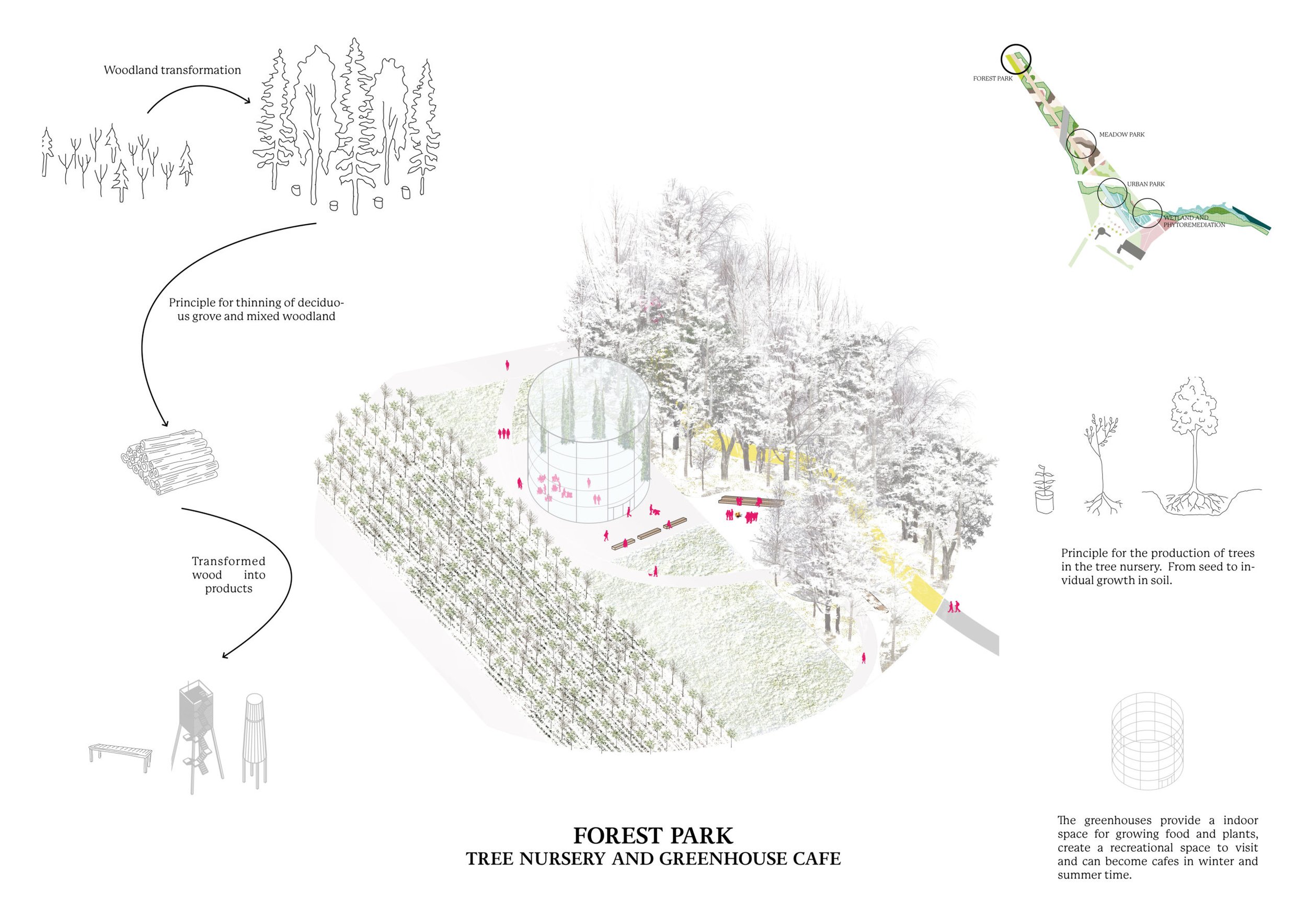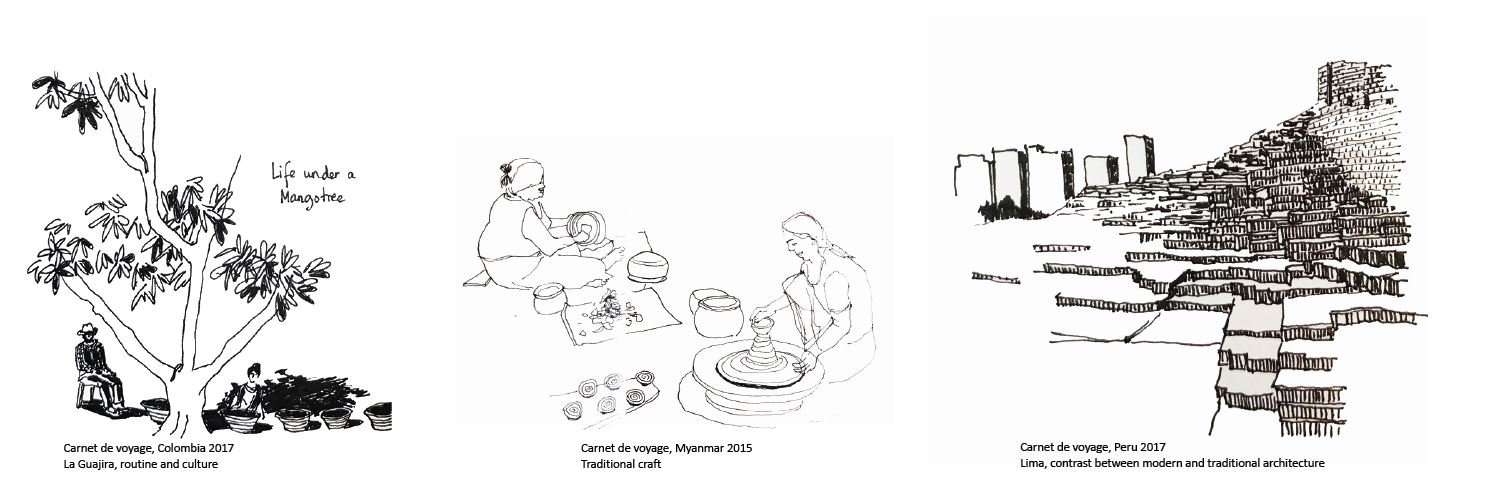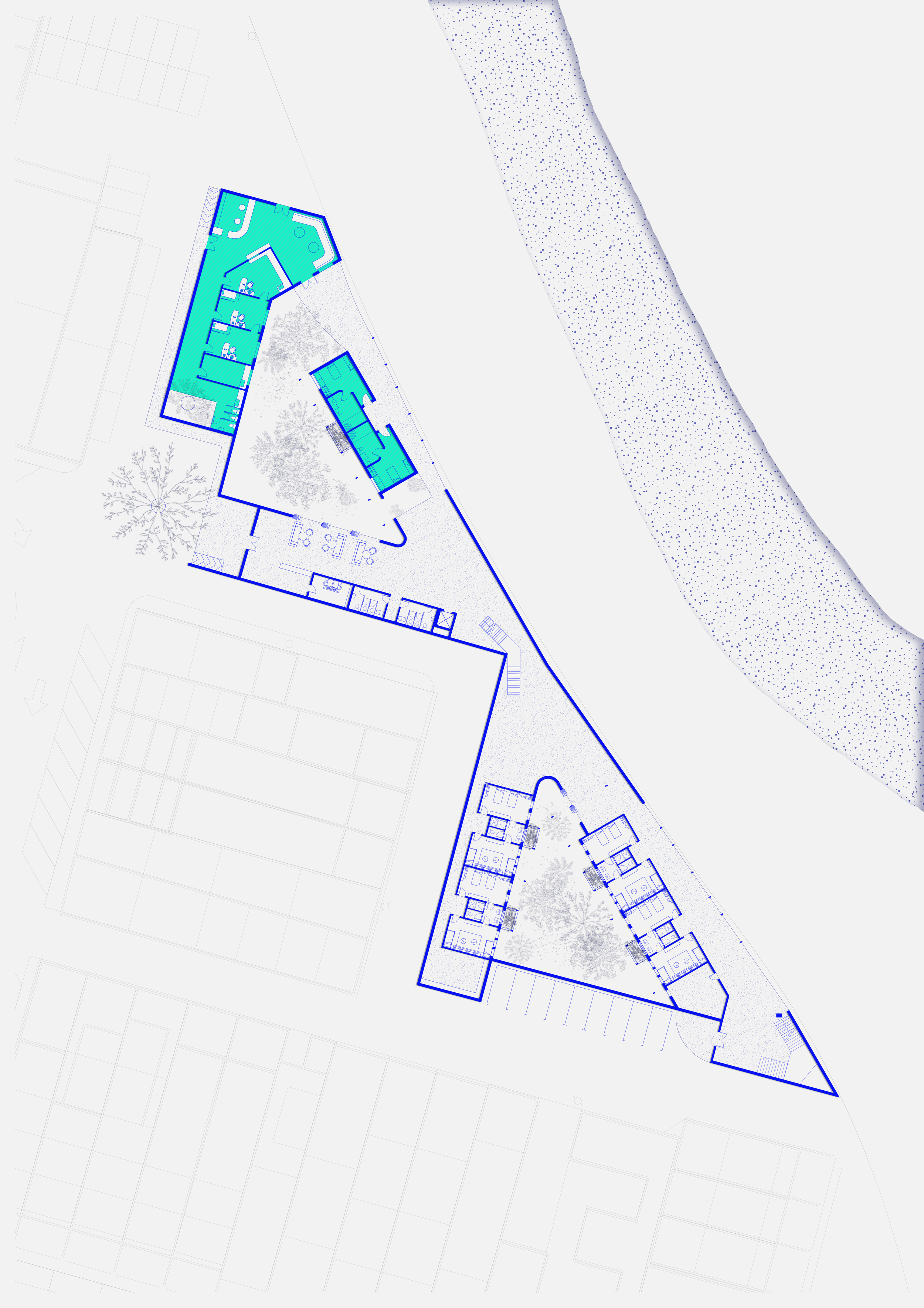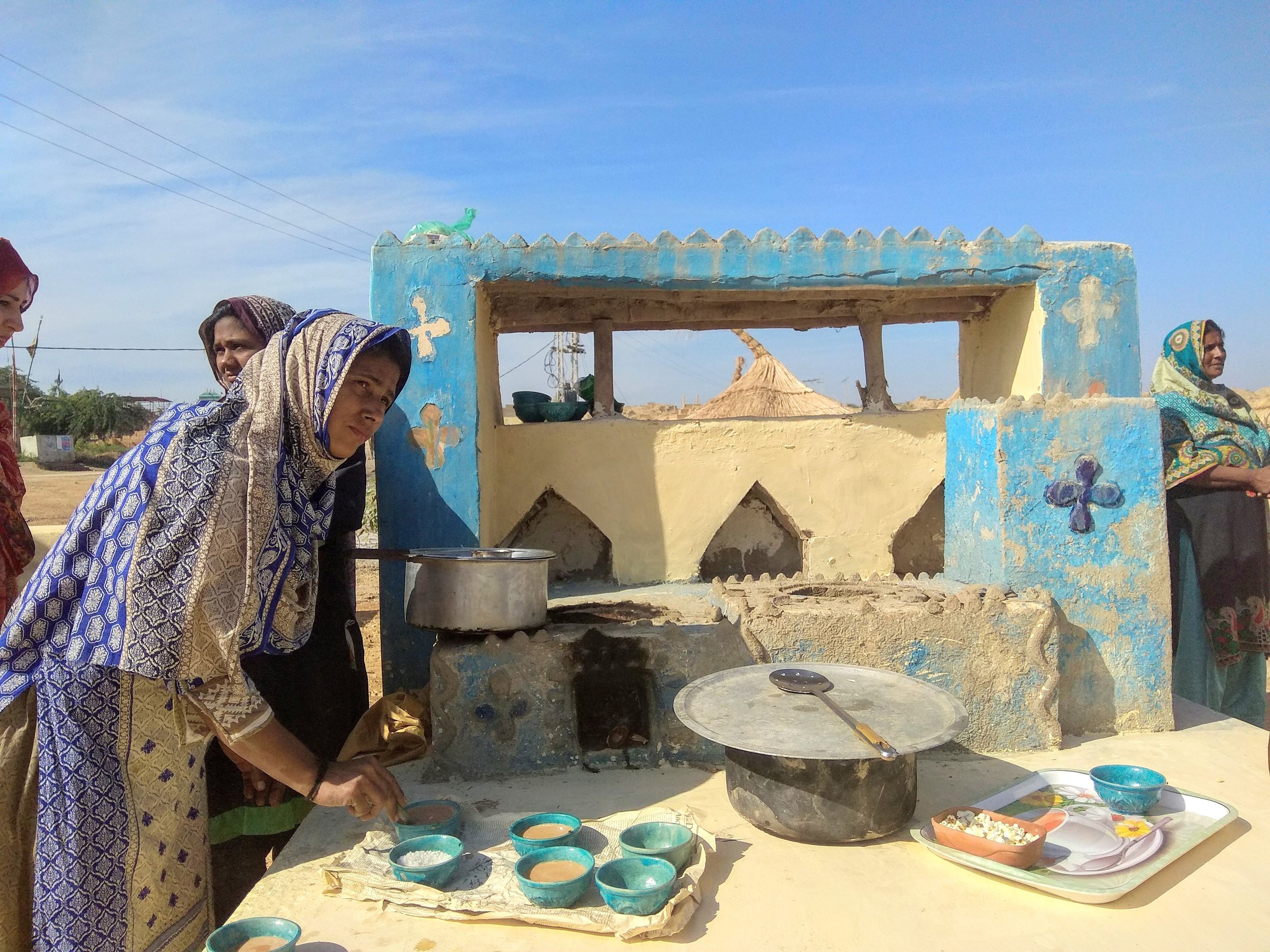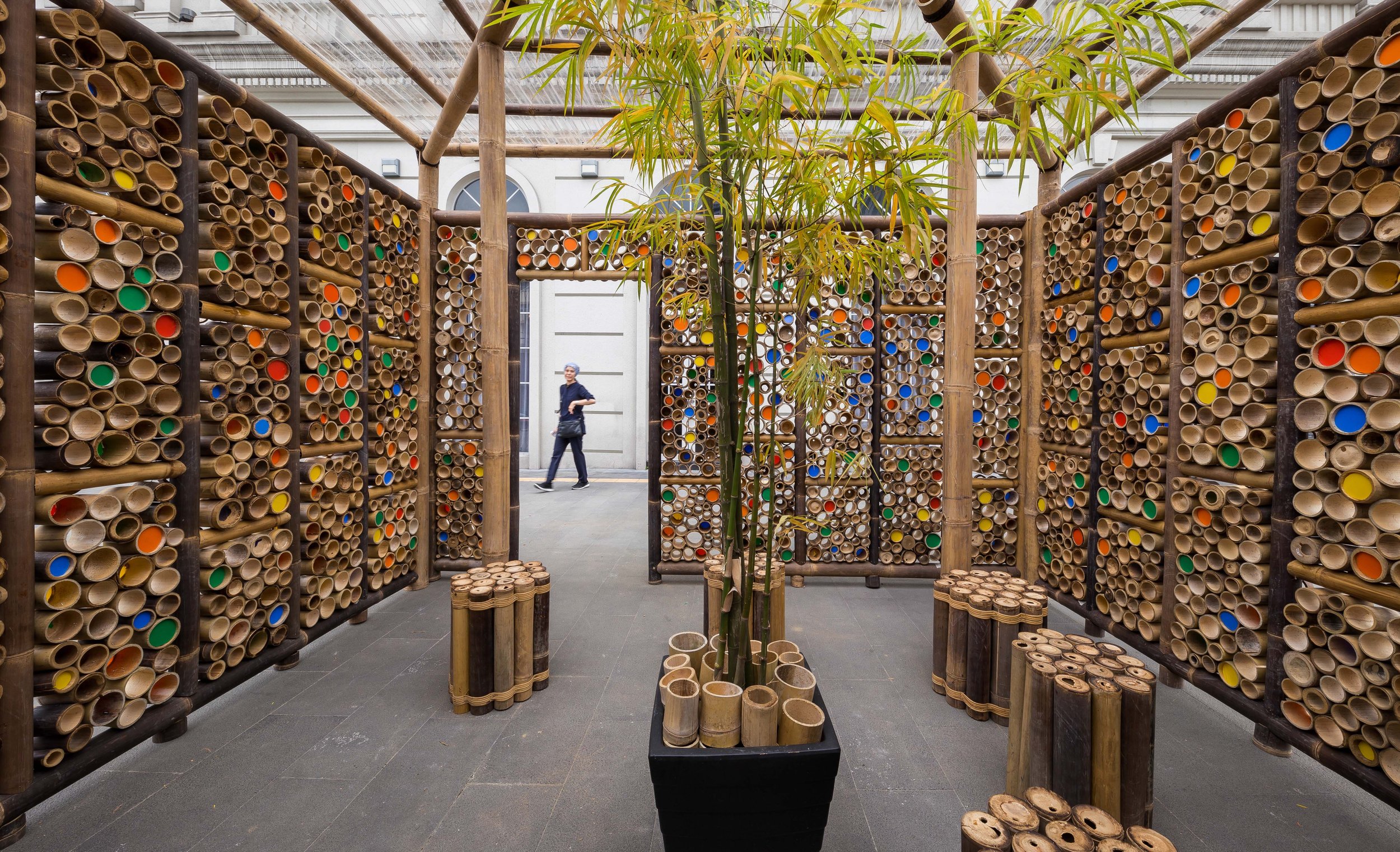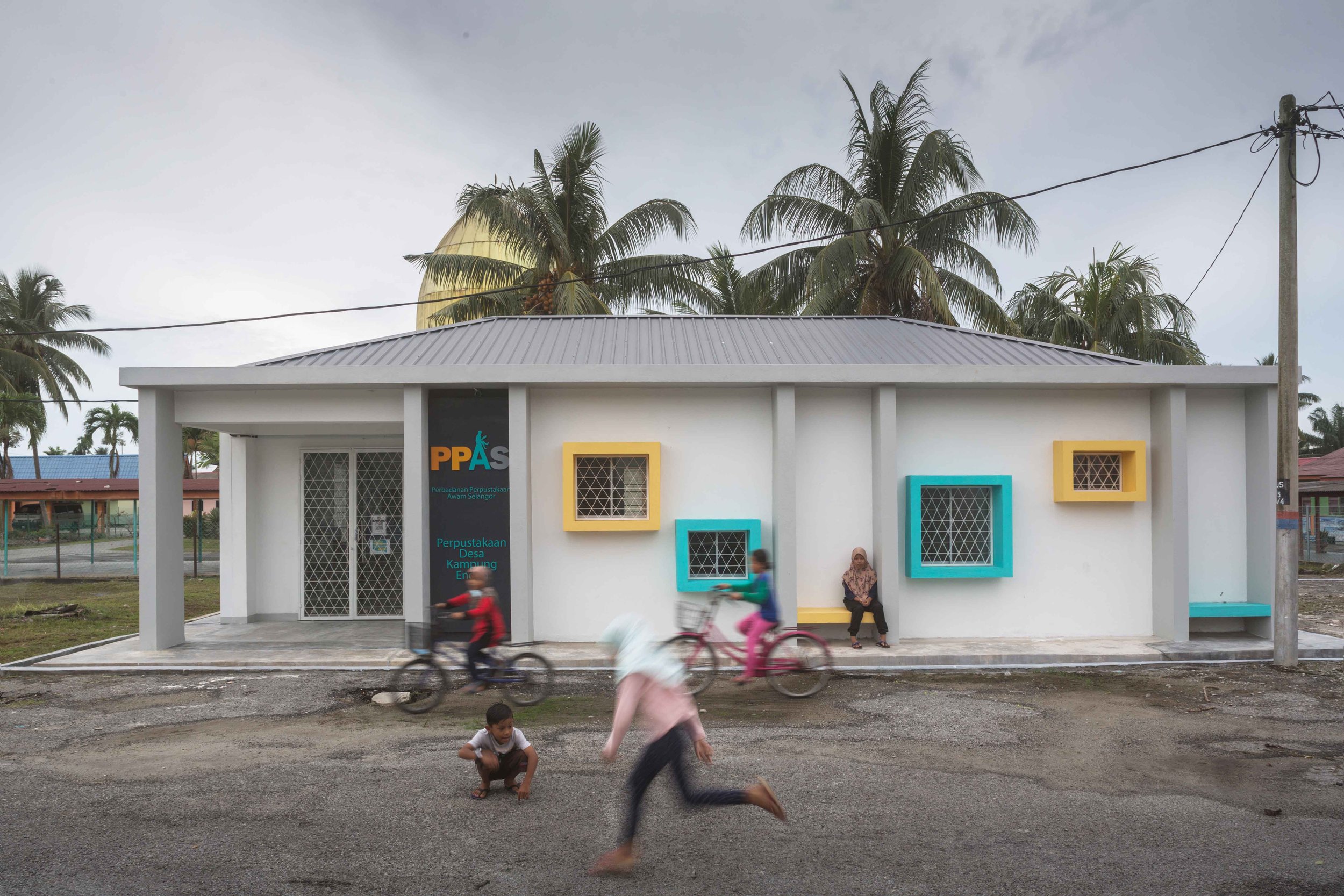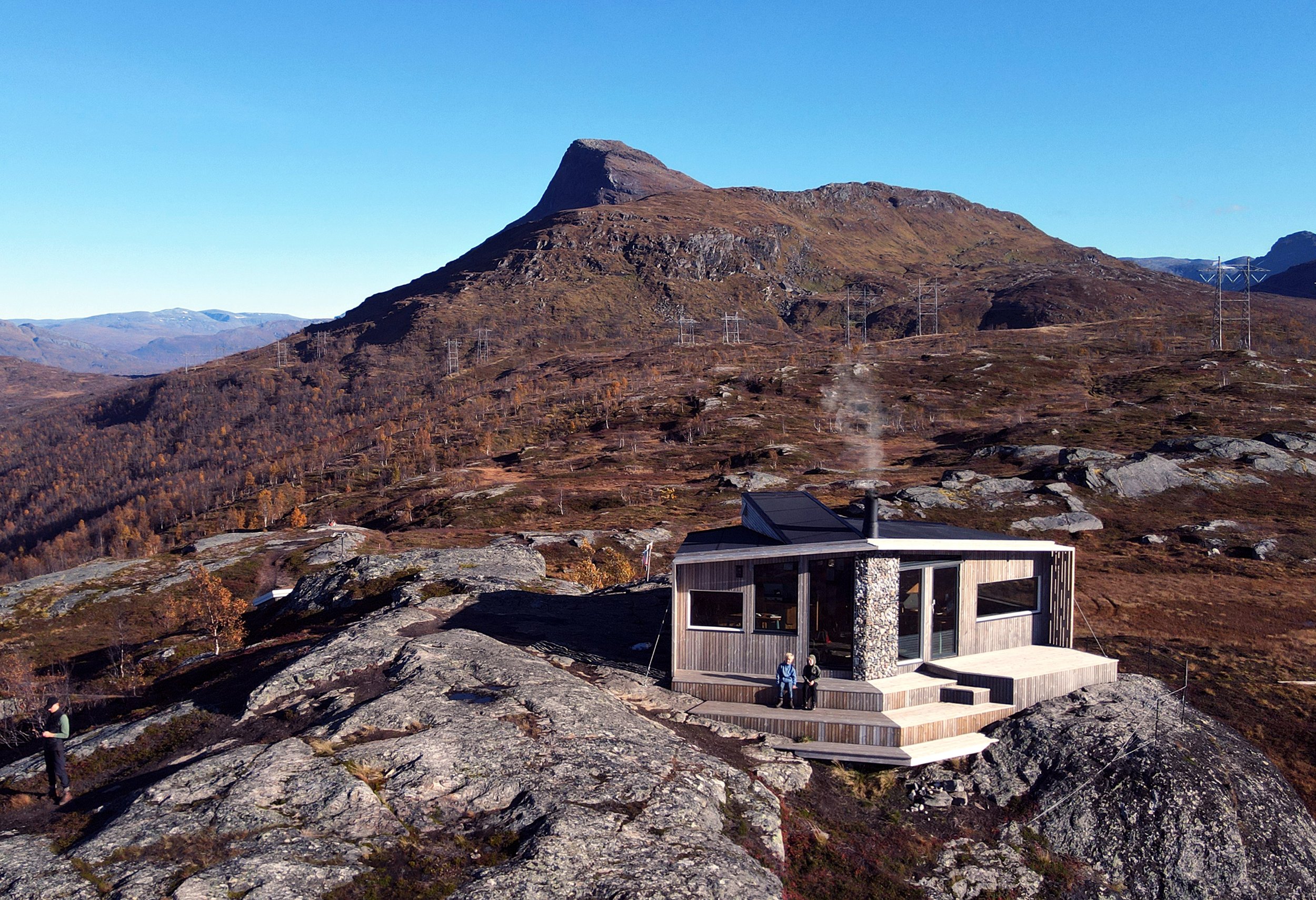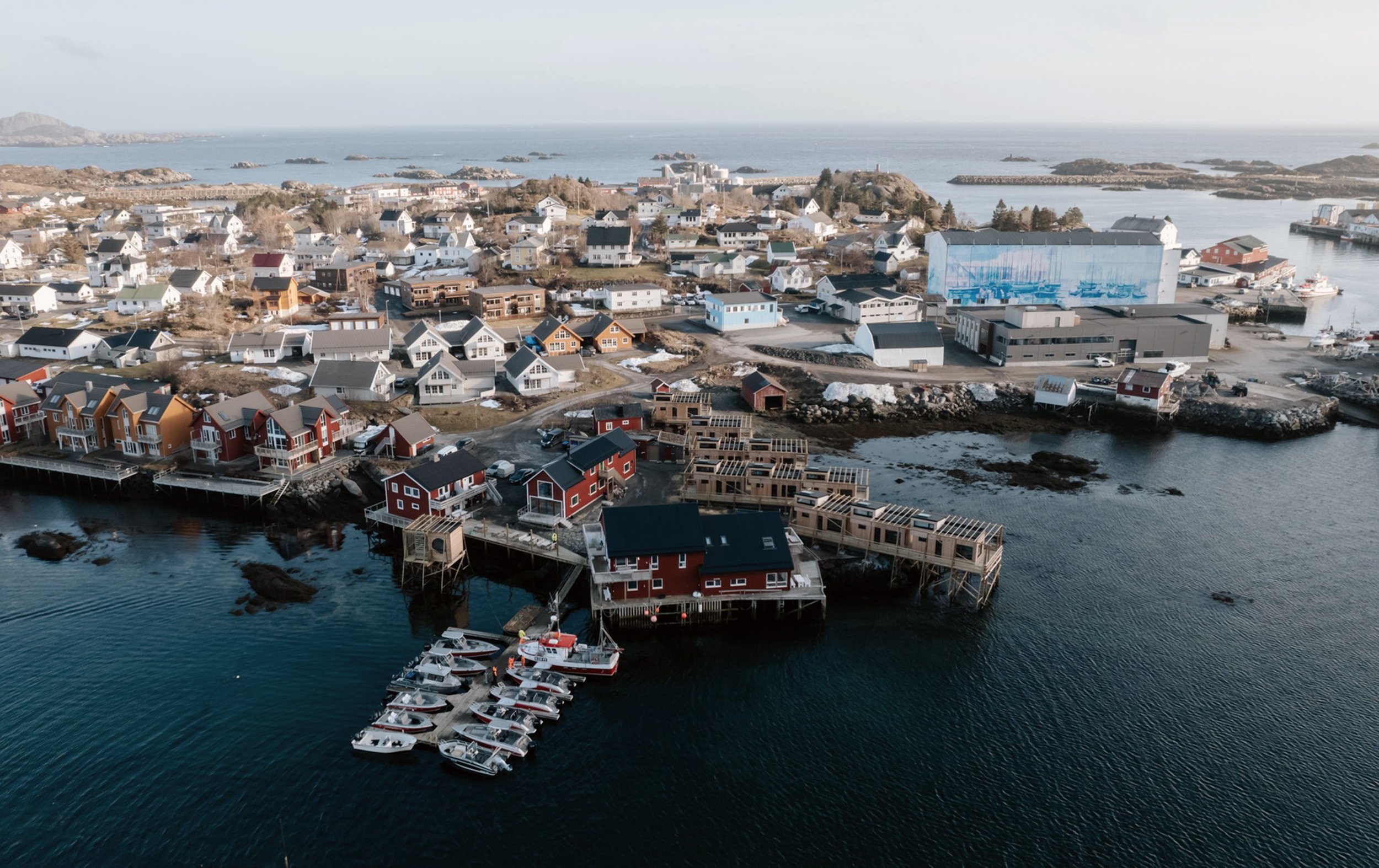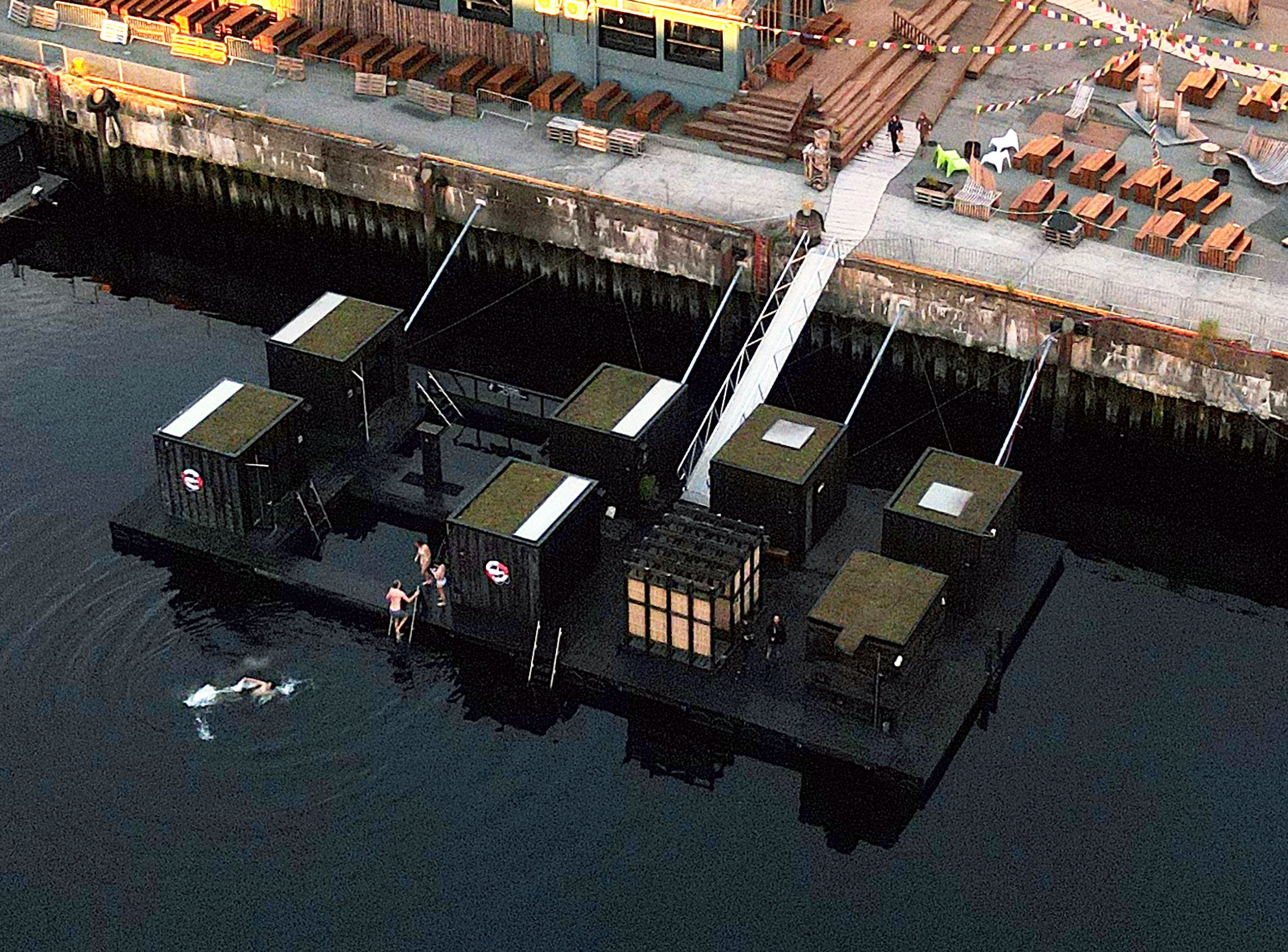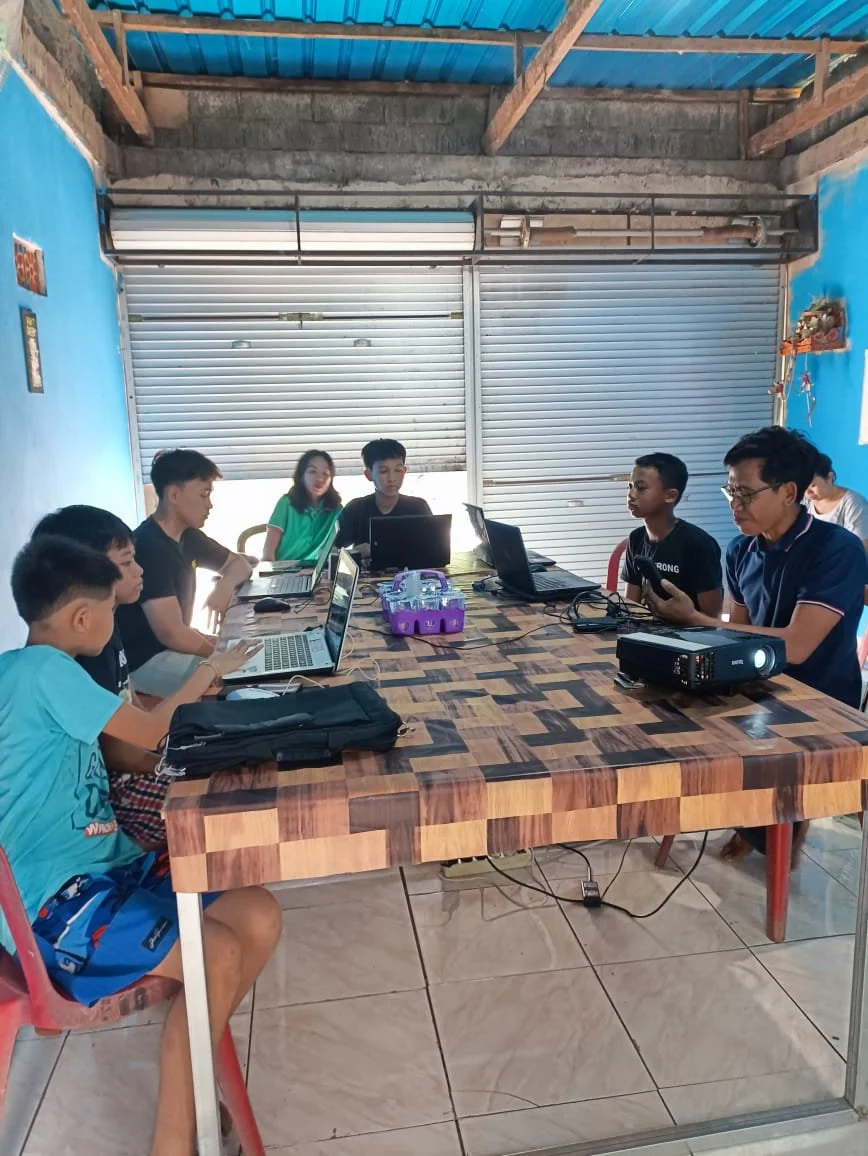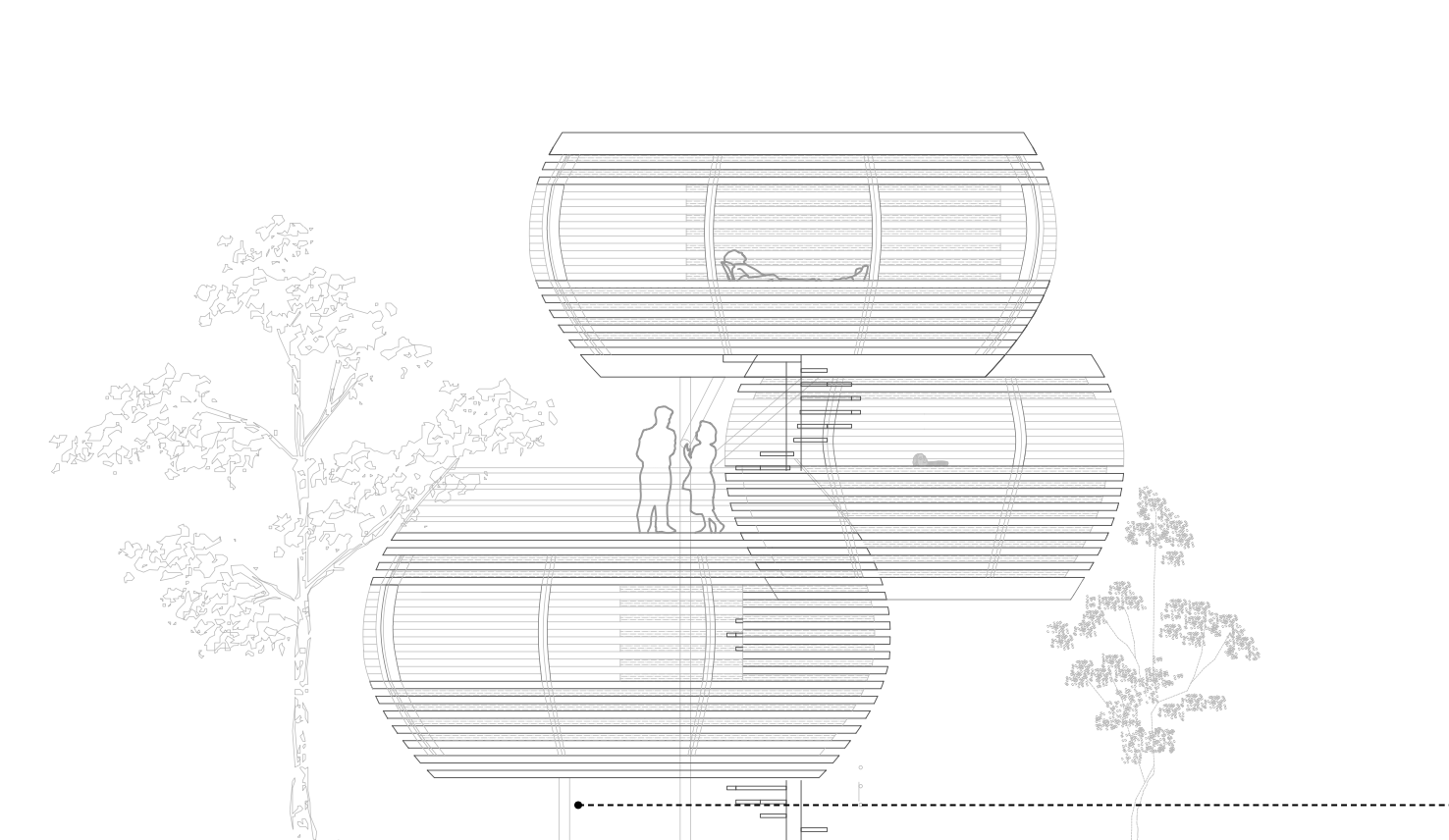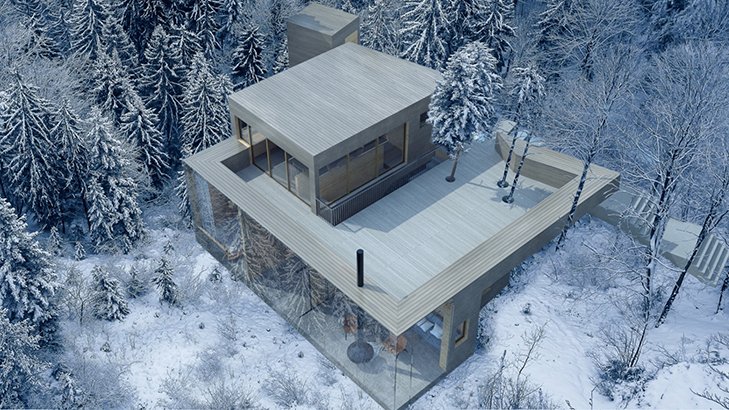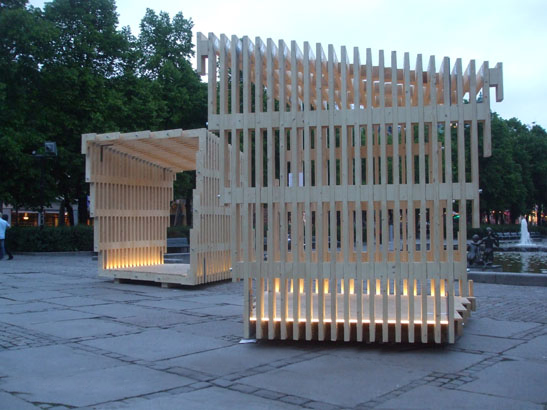Sasha Bergstrom-Katz is an artist and researcher working in the intersections between the history of science, psychology, cognitive sciences and perception studies through artistic, historical and affective methods. She is currently pursuing a practice-based PhD at Birkbeck, University of London in Psychosocial Studies and History and was a visiting researcher at the University of Groningen, Netherlands. She was also a resident fellow at BS-Projects (Hochschule für Bildende Künste Braunschweig, Germany). She has exhibited at the Inter Arts Center (IAC), Malmö, Sweden; HBK, Braunschweig; Los Angeles Municipal Art Gallery, Los Angeles, CA; In Lieu, Los Angeles, CA; AWHRHWAR, Los Angeles, CA; Human Resources, Los Angeles, CA and the Torrance Art Museum, Torrance, CA, among others and will take part in a forthcoming two-person exhibition at the Peltz Gallery, London in Februrary 2023.
Image 1: On the Subject of Tests: Stanford-Binet 2 (1973) Full Kit. Open., 2020, Digital Photograph
Image 2: On the Subject of Tests: Rehearsing the Examination, The Examination Table, 2021, Film Still
Image 3: On the Subject of Tests: Unpacking the Tests, 2: A conversation with Lamia Abukhadra, 2022, Film Still
Image 4: On the Subject of Tests: Desk as Archive, 2022, Installation view, Hochschule für Bildende Künste Braunschweig, Germany

